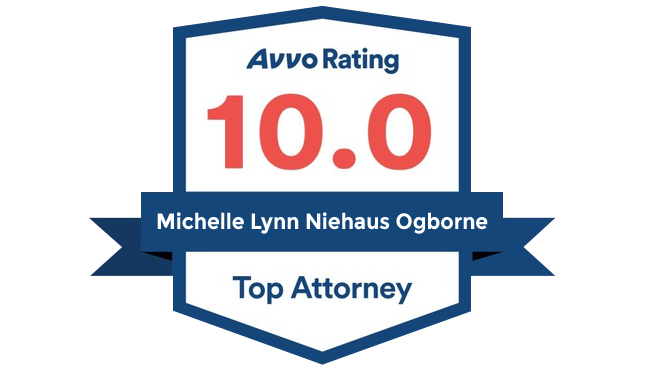Custodial and non-custodial parenting: who does what?
Custody issues create some of the hardest decisions in a divorce. You want to be part of your children’s lives and to do what is best for them. You also want to be fair to your spouse. In making these choices, it probably seems like there is no right decision. Worrying about how to make non-custodial parenting work can be unsettling.
If you’re like many parents, one of your biggest fears is that you won’t be involved in your children’s lives anymore. This is one of the misconceptions in divorce. Whether you have more of the parenting time or decision-making authority, you will continue to matter in their lives. The key is focusing on what is best for your children. Developing a plan for custodial and non-custodial parenting can help make the transition more manageable.
What Does Parenting Time Entail?
Arizona law refers to custodial parenting as having “parenting time.” Parenting time is the time in which a parent has physical custody of their child. This includes time at home with the child but also includes taking the child to and from school, going to the doctor, and other daily activities.
Custodial and non-custodial parenting don’t always split evenly. Even when you have shared custody, one parent typically has more parenting time than the other. It doesn’t mean one parent is less present, though. In a collaborative divorce, you will work together to develop the custody arrangement that is mutually agreeable for your whole family.
What Does Decision Making Involve?
Another consideration during your custody conversations is the legal, or decision making, arrangement. This is typically shared between co-parents. Decisions may include:
- Healthcare (doctors, immunizations, etc.)
- Religious choices
- Education
- Extracurricular activities
If you have older children, many of these decisions may already be in order. However, preferences and needs can change without much notice, so it’s essential to know which parent is responsible for what decisions. Co-parenting requires each person to be on the same page as their ex-spouse. Showing a united front to your children will help them feel more secure in their new homes.
Your Child’s Best Interests
In the past, these decisions often carried a gender bias. The mother would assume custodial duties by default, while the non-custodial parenting fell on the father. Women, after all, were the nurturers, and men paid child support and made decisions from afar.
Today, this is not the case. Division of custodial and non-custodial parenting duties is based on the child’s best interests. Often, this means the parents equally share parenting time and decision making. The ability of each parent to care and provide for the child is the focus of parenting time decisions.
Contested custody battles often work against the best interests of the family as a whole. If possible, you and your spouse can work together through the collaborative divorce process to agree on custody decisions.
Divorce is still hard, but by working together to create a plan, you can avoid having a judge decide your family’s future. Contact Ogborne Law to discuss your options in custodial and non-custodial parenting.
Engaging with an attorney to protect your family is never an easy step. Whether you need to protect your family from the unthinkable or restructure your family through collaborative divorce, we’re here to help. When you’re ready to schedule a consultation with Michelle Ogborne, please visit the scheduling page to get started.







